Hey and welcome back to part 2 of Here We Go a Foraging….
Here are some favorite things to forage for, in the springtime, in this area…. Ohio is a beautiful place to call home at least we think so…. Where do you call home?
Stinging Nettles- Urtica dioica 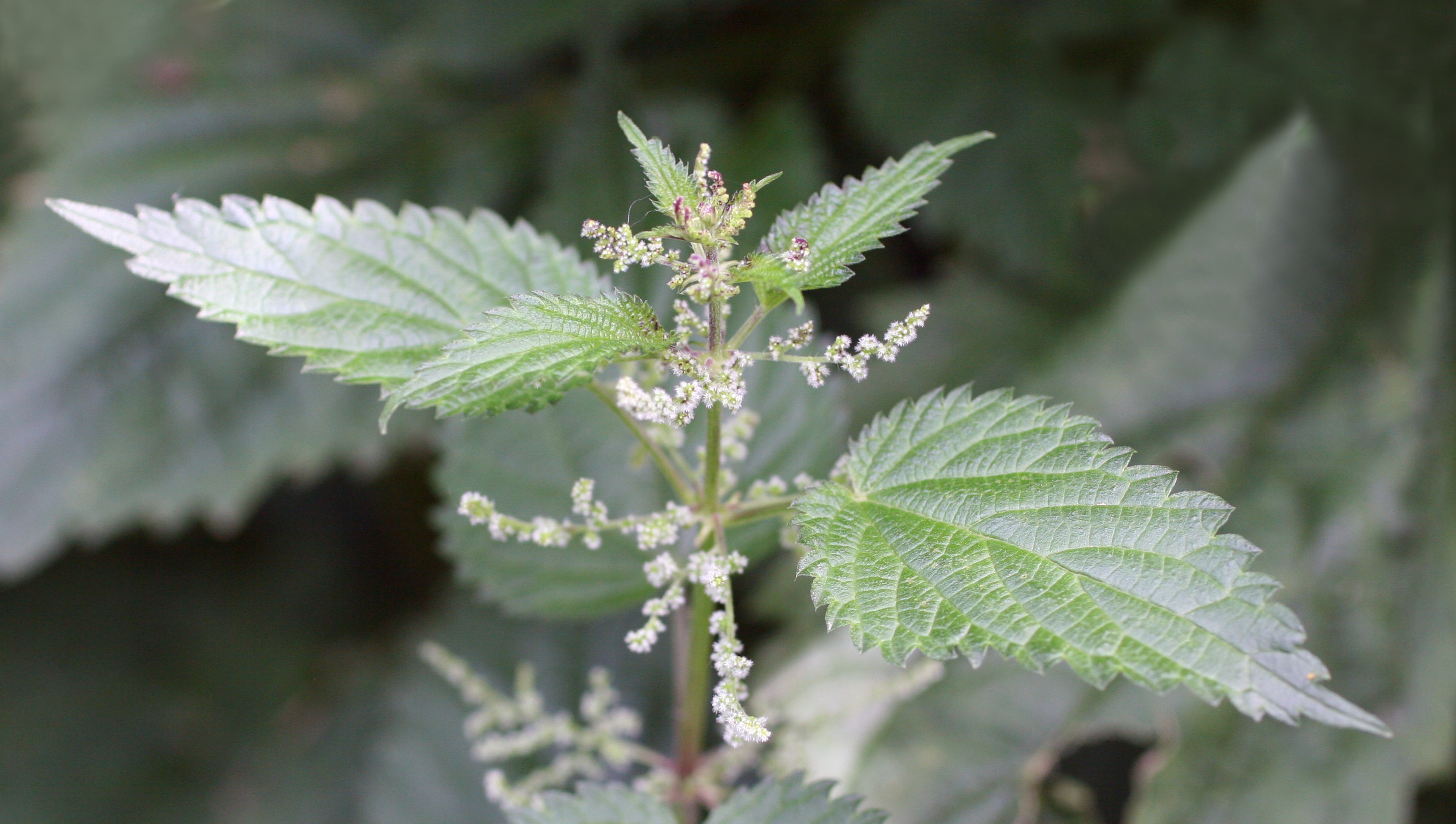
This common garden weed is a delicious spring green – especially early in the year when the fresh, young, tender leaves form. And they have plenty of other uses too.
Nettles can be used to make:
- A spinach substitute in a wide range of recipes. (They have a spinach-like and slightly sweet flavour that really does taste great.)
- Nettle soup
- Nettle tea (for yourself).
- A nettle tea (for your plants – a nitrogen rich liquid plant feed)
- A green natural dye
For edible uses, you’re looking to harvest the top five leaves or so from each stem (which is the best, most tender part). Run the nettles carefully under running water, then place them in a large pan and boil them. As soon as they have been boiled, they completely lose their sting and you can use them in many recipes.
For foragers, stinging nettles can be considered hitting the jackpot!. Not only are they edible and, some claim, delicious, but they have also been revered for their medicinal qualities for a long time. Nettle infusions are said to increase energy levels while also relieving anxiety. It’s good for the kidneys, skin, hair, and cardiovascular system. In the kitchen, it is used as a culinary herb to soups, adding a nutritional kick.
Dandelions- Taraxacum 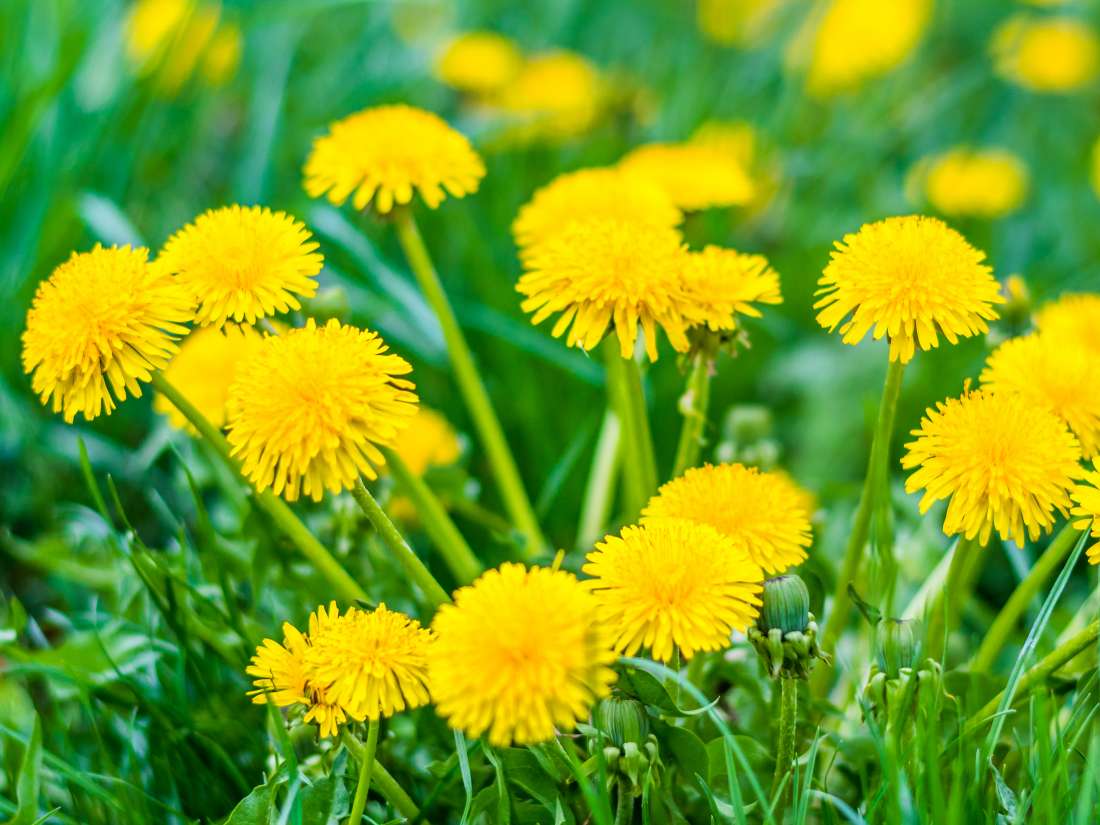
Dandelions are another foraging fav. These are an easy plant for beginners to forage. They are widespread and easily recognizable.
In early spring, the flowers may not yet have appeared. But the young leaves can be used for salads. They are rather bitter but can be a good addition to mixed salads with milder leaves. Dandelion roots can be harvested to use as a coffee substitute, tincture, tonics and elixers.
Chickweed- Stellaria media 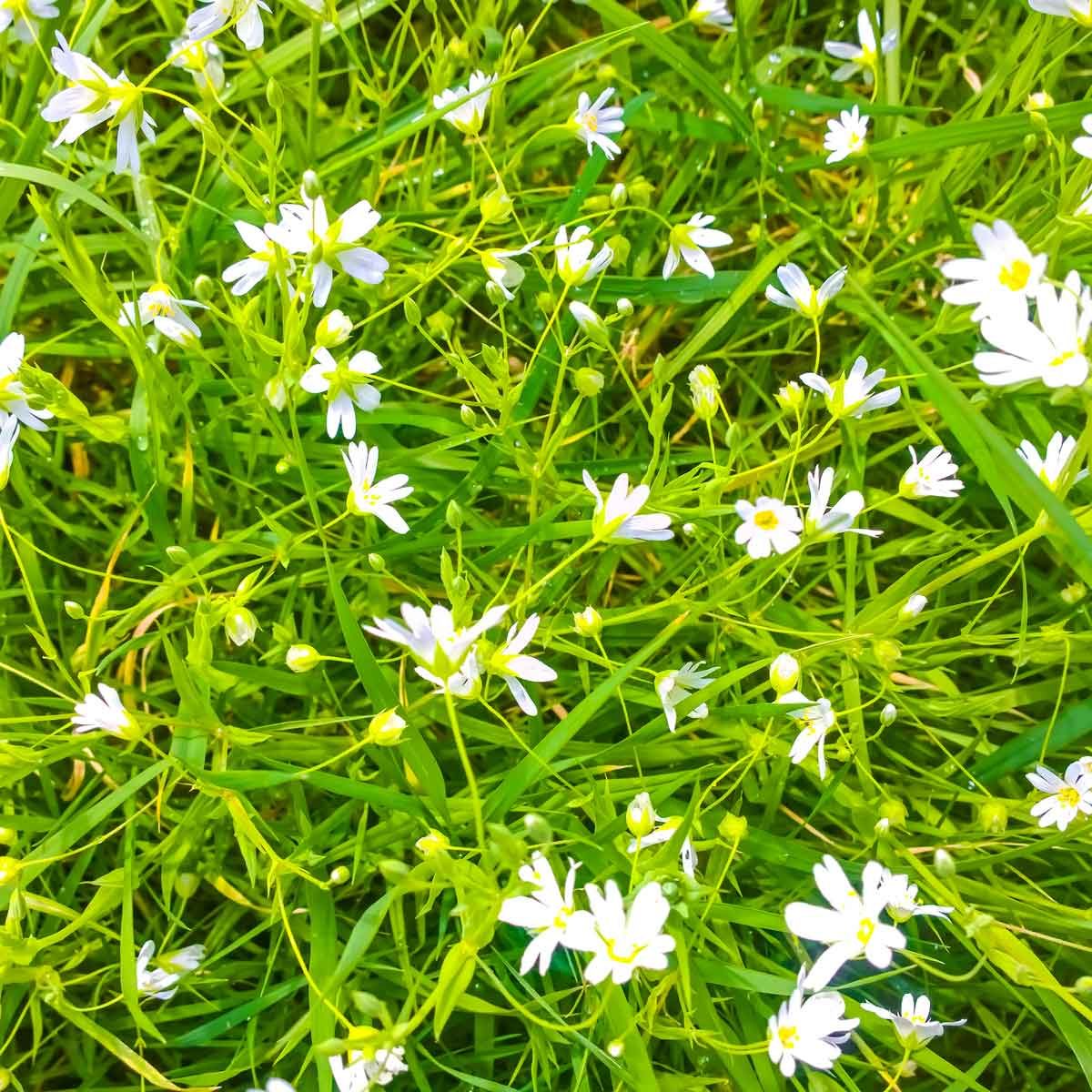
Chickweed is one of the first wild edibles to harvest as spring comes in. Also known as winterweed or chickenwort.
Chickweed is an edible weed that gets its name from the fact that it is loved by the hen. But it is not just hens that appreciate it. This is one of my absolute favorite wild plants to forage for in early spring and the great news is that almost all of us will have some growing nearby. You won’t have to look very far.
Chickweed is such an abundant weed and it can be picked by the handful and added to spring salads. It makes an amazing tincture and a great vinegar. It has a very mild and pleasant flavor that is not that different from iceberg lettuce. And it has a similarly crisp and refreshing texture.
How to Identify Chickweed —
Key characteristics
-
easily recognizable pointed-oval leaf shape; opposite leaves
-
tiny 5-petaled white flowers, deeply cleft so as to look like 10
-
5 hairy sepals
-
single line of hairs running down each stem and leaf stem
Plantain- Plantago major/ Plantago lanceolata 
Plantain (not to be confused with the tropical fruit) is a common garden weed and wild plant. The leaves from both broad leaf plantain (Plantago major) and ribwort plantain (Plantago lanceolata) can both be used in a range of ways throughout the year.
As the season moves along, the leaves get tougher. So early spring is the best time to forage for them if you want to put them to edible use. You can find them in driveways… (only use if you don’t treat your drive with chemicals.), along sidewalks and even in the middle of the yard.
Very young leaves can be added to salads, and you can also boil or steam the leaves and use them exactly as you would cabbage or kale in a wide range of recipes. They are both nutritious and medicinal.
Purple Dead Nettle- Lamium Purpureum 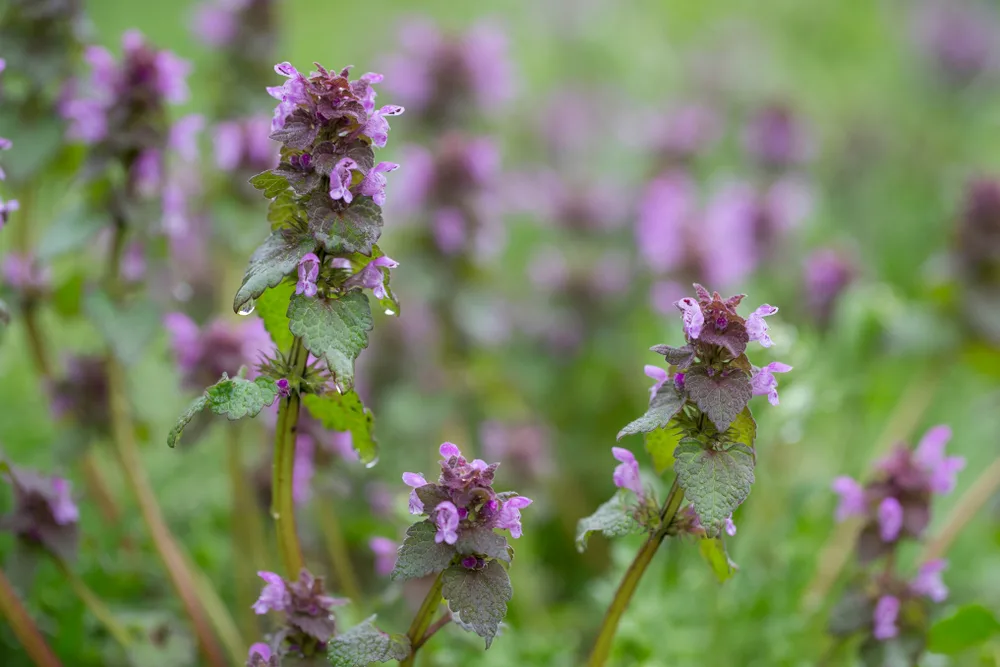
Purple dead nettle, also known as red dead nettle, is another common weed that you can harvest at this time of the year. This is a very good edible for beginners to forage because it does not have any dangerous lookalikes. The only thing you might mistake it for is henbit. The young leaves can be harvested and eaten raw or cooked as a potherb. The purple tops even have a slight sweetness to them. You can use them as you might any other green leafy vegetable or herb. They are very medicinal as well.
Burdock- Arctium sp. 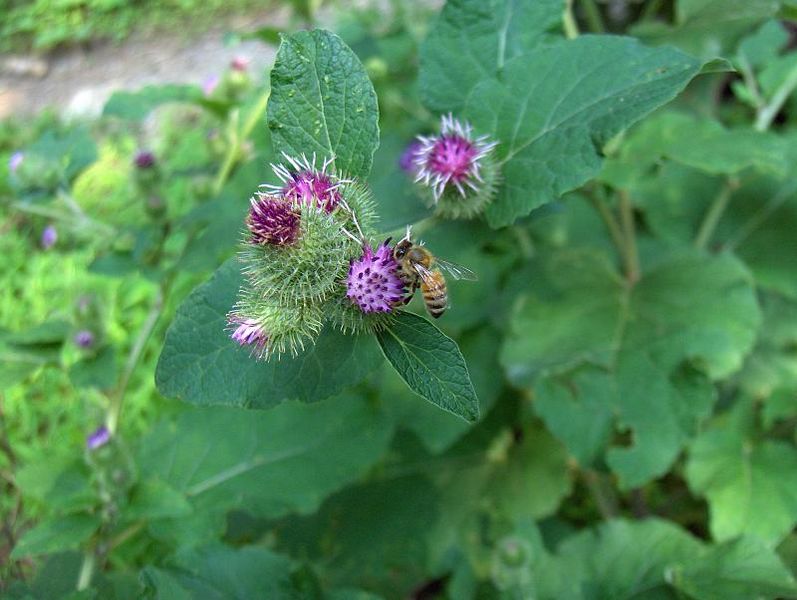
Burdock is commonly used as an herbal medicine. It is also a useful wild edible. Burdock may be most familiar to you as the plant with those annoying little burrs that get stuck to your clothes. You can also eat the leaves, stalks and roots.
In very early spring, you can see young burdock seedlings emerging from the soil before much else has sprung up. The leaves are bitter but can be used as a potherb and are less bitter while they are still small. Burdock root can also be harvested.
Cleavers- Galium Aparine 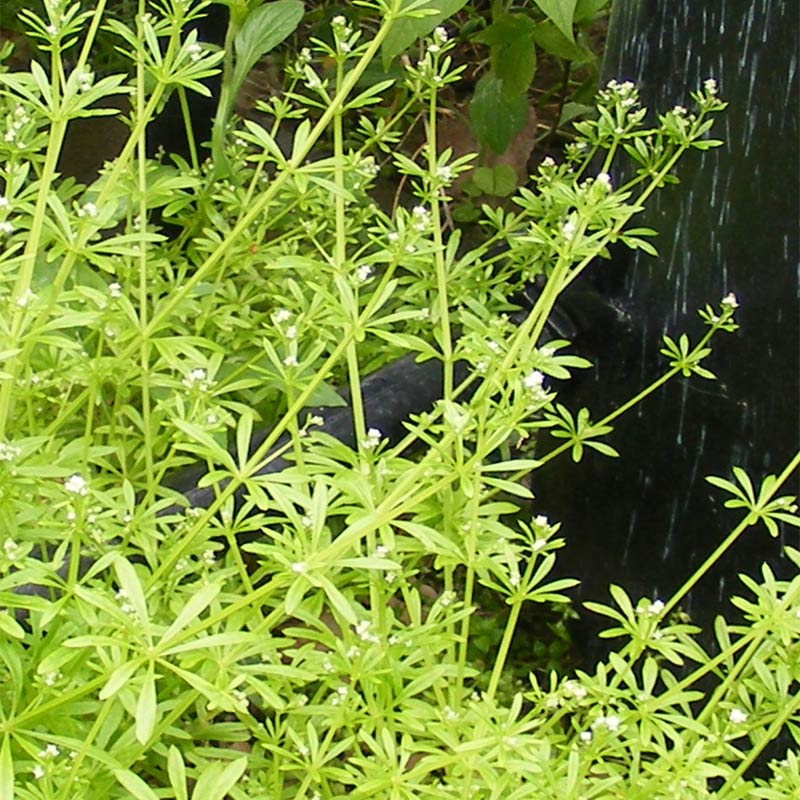
Galium aparine is one of my absolute favorite edibles that has a number of different names: cleavers, goosegrass, coachweed, catchweed, stickyweed, stickywilly. It is a herbaceous annual plant in the Rubiaceae family.
There is a note of caution that contact with this plant can cause contact dermatitis for a few susceptible people. But in general, it is edible.
Early in the spring, the plants will not yet have developed as many of their unpleasant clinging or sticky hooks. The leaves and stems can be nibbled raw and they can be cooked as a green leafy vegetable. I use them in stir fries and soup. Later in the year, they are less appealing as a green vegetable, due to their hooks. These are very medicinal and make great tonics and tinctures for a variety of ailments.
Wild Asparagus- Asparagus officinalis 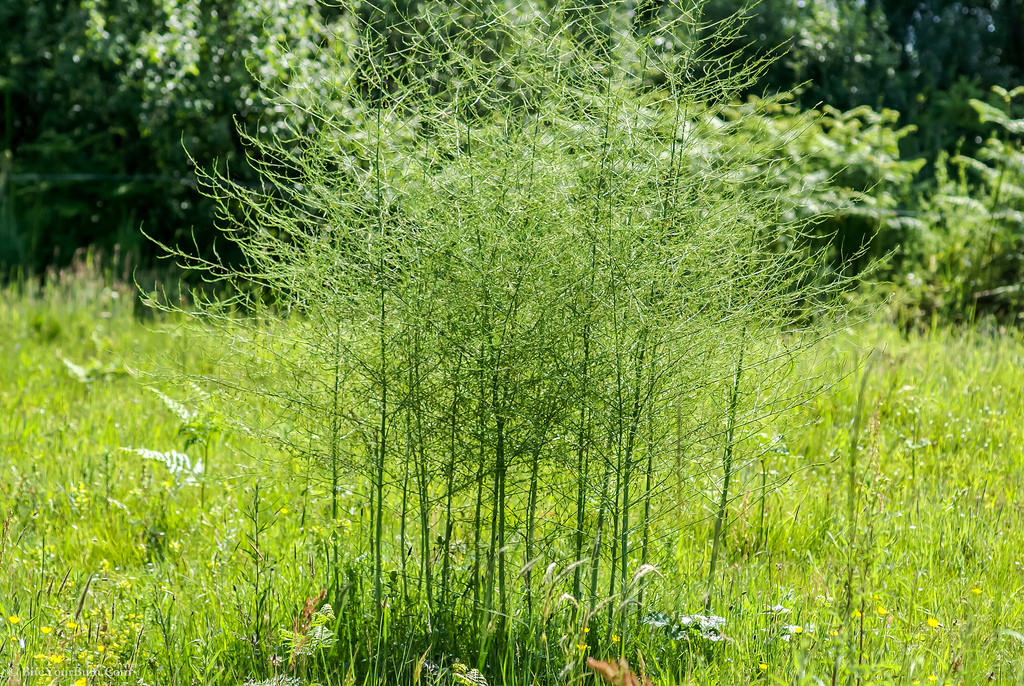
Though not technically wild but rather a farm and garden escapee, wild asparagus is a precious foraging delight in the areas where it is found.
This is exactly the same as the asparagus grown domestically and commercially, with the same great taste. I am always looking for wild asparagus… have not found any wild yet. But I won’t give up either…
Cattail Shoots- Typha 
This plant is to be found almost everywhere across the US, and many other places as well. It grows by lakes, streams, marshes, swamps– usually in very wet ground. While foraging for this plant it is very important to make sure you do not take it from areas with a lot of human activity, or where water could be polluted. Once you find a safe supply the young shoots in the spring can be picked and eaten either raw or cooked.
In early spring, look for the young white shoots coming out of the root, as these are the most tender.
There are so many things to forage for in Spring…. these are simply a few… Are you a forager? Tell us what you forage for!
See Ya Soon and God Bless You!
Cyndi – Tu Sisters in the Garden